QuestionQUESTION: Hello, my name is Jennifer and I own a beautiful 2 yr old QH. When I first got him he was horrible to halter, I got him when he was 8mo. The man who sold him to me said he tackled him to put a halter on him. I've worked with him ALOT since then but now he is rejecting being haltered again. He flees to the back of his stall, I have to put a lead rope around his neck so I can get his halter on. Do you have any suggestions? Also what could have caused this sudden behavior change? He used to drop his head into the halter on command.
ANSWER: Hi Jennifer!
Sounds like your gelding had a rough start in life. The great thing is that horses live in the moment, if you are offering something good and of quality, they will follow that feel and change.
Our responsibility is to PROVE ourselves to the HORSE. To prove to them that we will take into account the essential nature of the horse. The essential nature of the horse is to preserve itself in mind, body and spirit. It is this essential nature that the horseman tries to use and not fight.
Your gelding is only doing what he thinks he needs to do to survive. I am questioning the term you used..."command". Force will create fear very quickly in a horse. This is why "training" never works with a horse, but educating and building a partnership does. You have to start by making your idea the horses idea. I would start by hooking him on, not forcing yourself on this horse, waiting on him to step toward you and to offer to put the halter on. This requires feel, timing and balance. You have to feel when you have the horses confidence and attention and then release the pressure, back up and draw the horse in.
Think of how you are approaching your horse. You are expecting him to walk up to you and put the halter on, what is going on to stop this from happening? When your horse LOOKS like he is going to leave, stop YOUR feet, wait on him, slow down and do less. Read the section on my website on "Hooking on". This process of hooking your horse on is proving to him that you are a leader he can trust, and that you are aware of his essential nature. When you can hook your horse on and draw him in to you, haltering is no longer an issue.
Go back to the beginning with this colt. Start him over as if you have never had a halter on his head before. Learn how to hook him on and use this tool to get him thinking in a different way about the whole haltering process and getting close to you.
If I have used terms or concepts that you do not understand, let me know and I will clarify.
Smiles!
Denise
---------- FOLLOW-UP ----------
QUESTION: Thank you, I was introducing a fly mask to him today. He has never had one on him or ever around him, I basically just stood there for 20 minutes and let him come to me and nip at it and sniff it then moved it a bit and stopped when he got nervous lol anyhow after bout 4 hrs he had me rubbing it all over his neck n face, I use my other geldings things when I introduce something new so it smells familiar. Do you think I should put the fly mask in the back for a bit and re-introduce the halter the way Im introducing the fly mask?
P.S When I said "on command" if you went into his stall and held it up and said lets go outside babyboy he would walk over n put his nose in n drop his head, im kinda small and hes rather big so he knows he has to put his head down or I cant reach.
AnswerHi Jennifer!
Sounds to me like you have a very lucky horse to have found you as an owner. He deserves it!
I would hold off on the fly mask until you really have taken care of haltering and have developed a really solid trusting relationship. The fly mask can for some horses feel like a trap and really scare them. I don't want this to happen to your colt. When you put the fly mask on for the first time, make sure you have him haltered so you can support him. If he get really bothered, yield his hind quarters and keep him bending until his feet come still and he relaxes. Take the time it takes to expose him to the fly mask with quality, take him for a walk, make sure he feels good and secure before you turn him loose.
Trust your instincts. You are right on track!
Smiles!
Denise

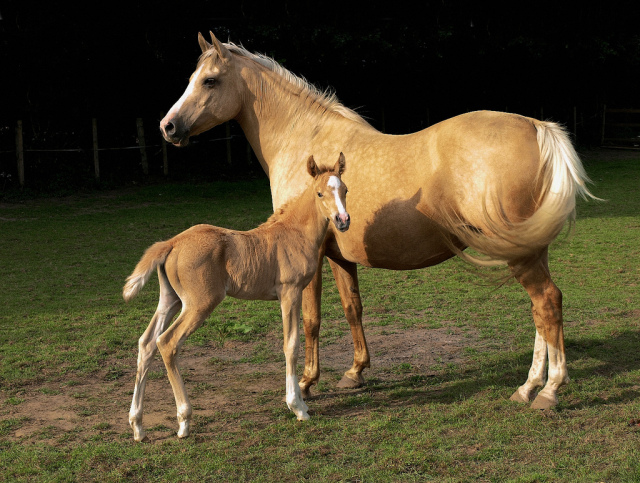 horse legs never grow
Question
horse legs never grow
hello, my dad always say
horse legs never grow
Question
horse legs never grow
hello, my dad always say
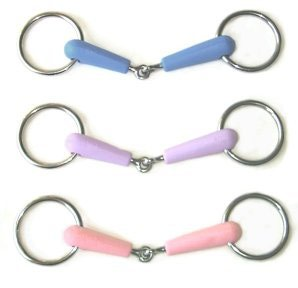 plastic bits - light in horse mouth
Question
apple mouth bits
hello maam, are plasti
plastic bits - light in horse mouth
Question
apple mouth bits
hello maam, are plasti
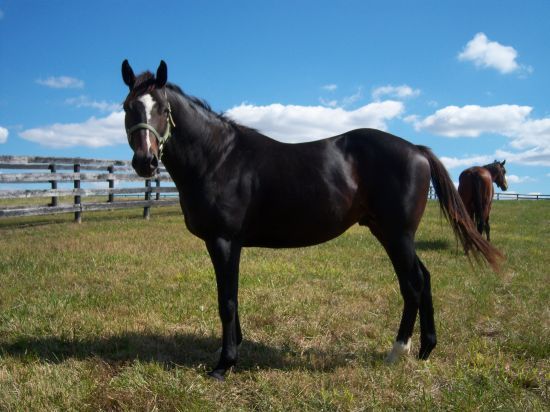 Starting a terrified horse
Question
Ben
Hi. I have a 5 yr old tb gelding that I ha
Starting a terrified horse
Question
Ben
Hi. I have a 5 yr old tb gelding that I ha
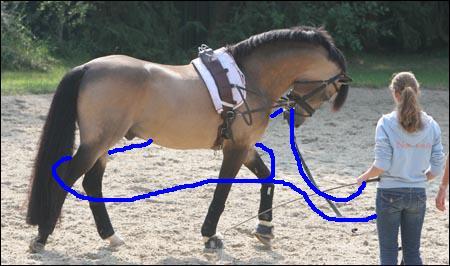 lungeing a horse with lunge line from chest to hock passing
Question
lungeing a horse with
hello, yesterday i had
lungeing a horse with lunge line from chest to hock passing
Question
lungeing a horse with
hello, yesterday i had
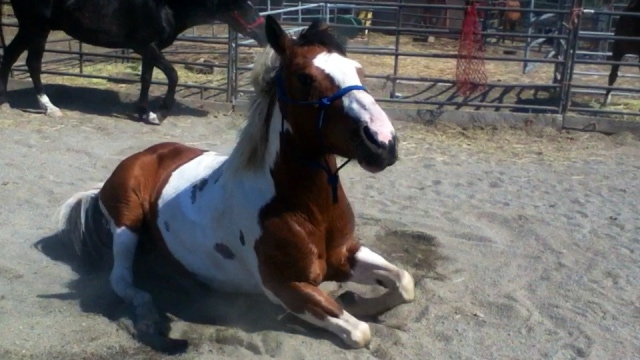 help me
Question
spicer spicer
im kayla and i hav
help me
Question
spicer spicer
im kayla and i hav